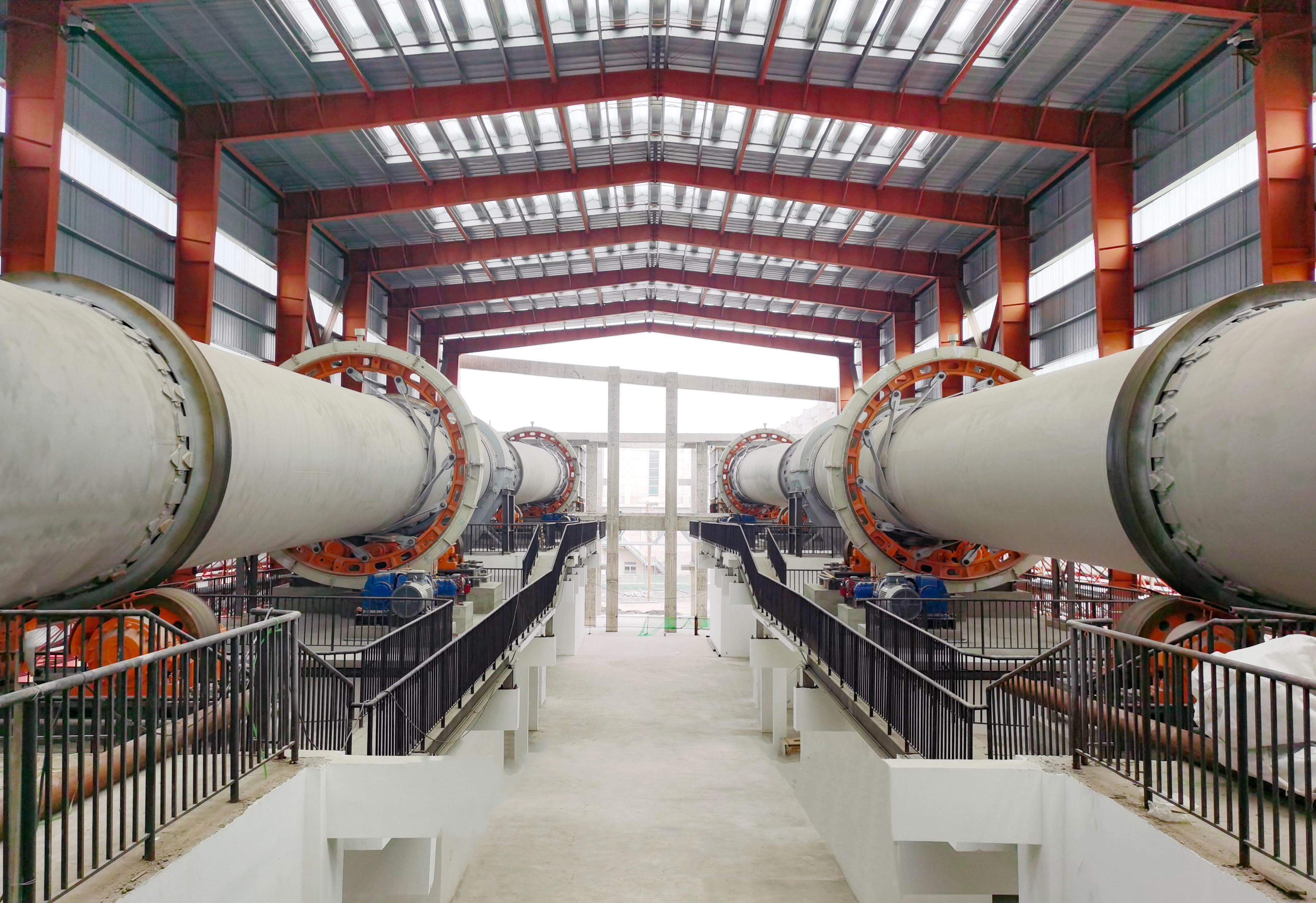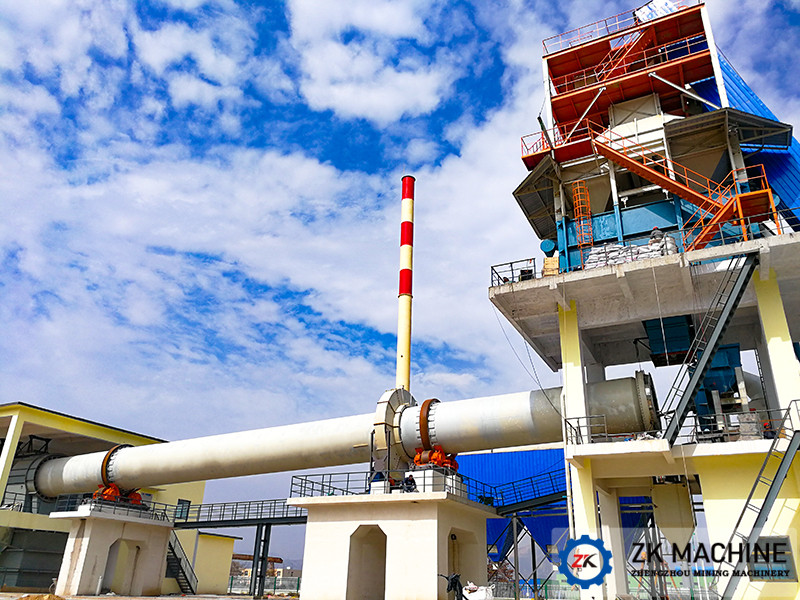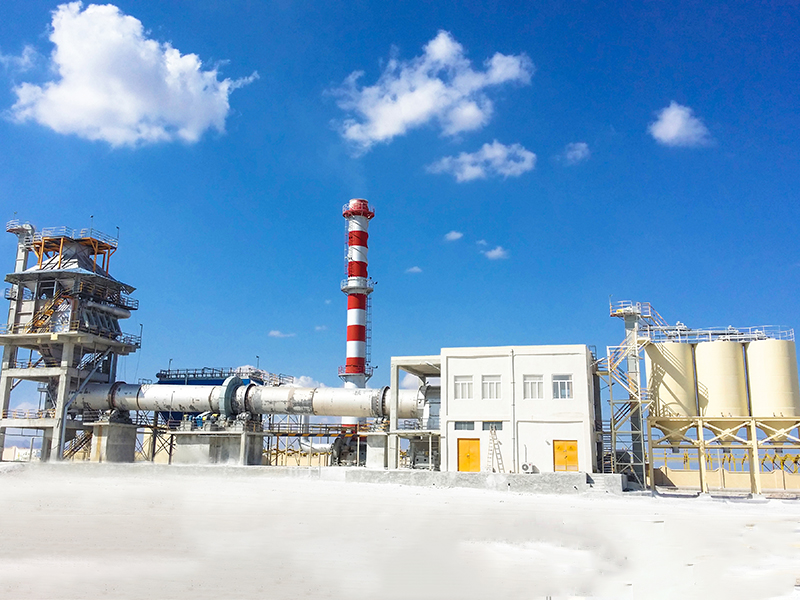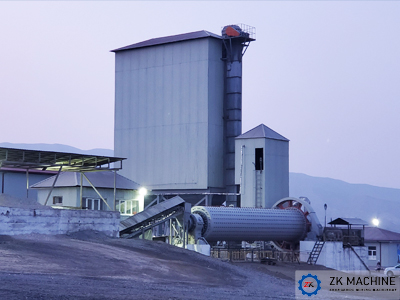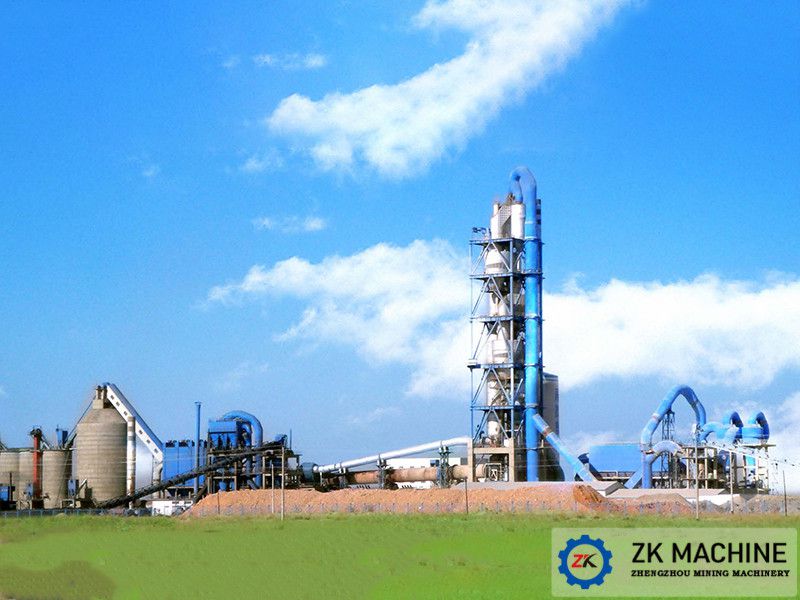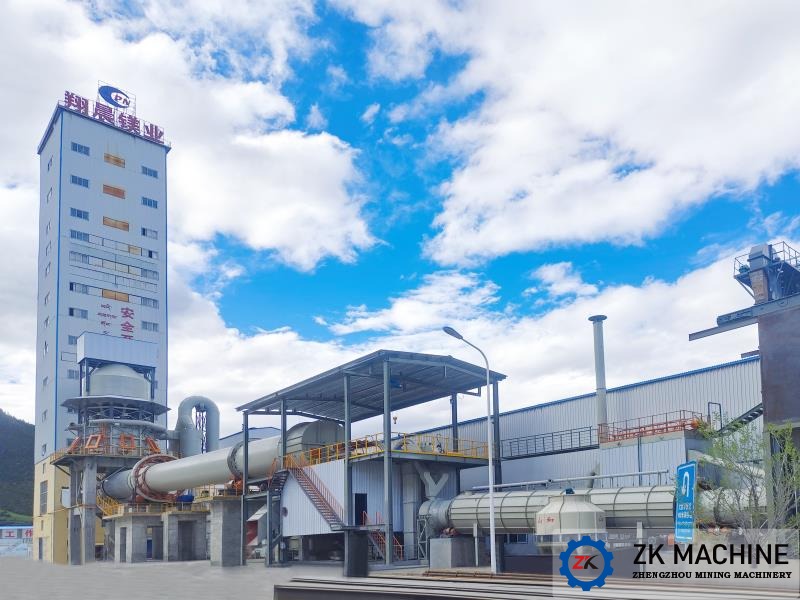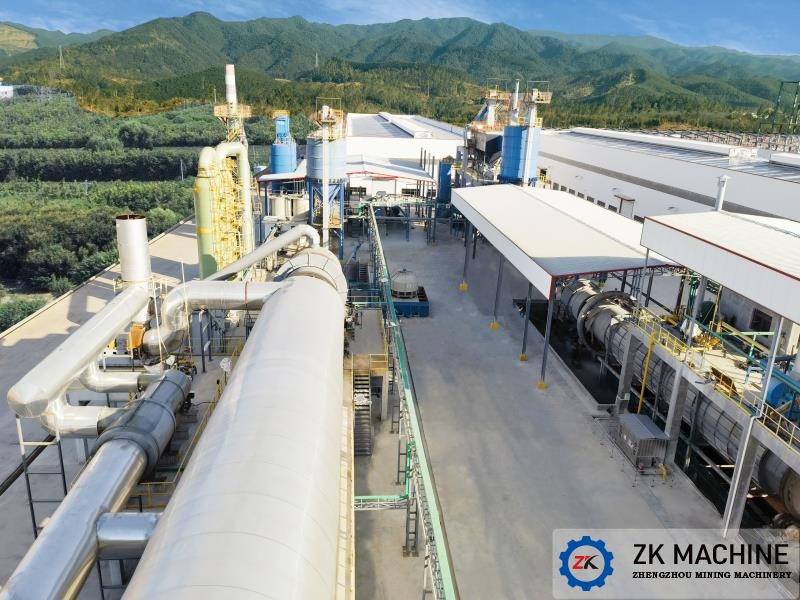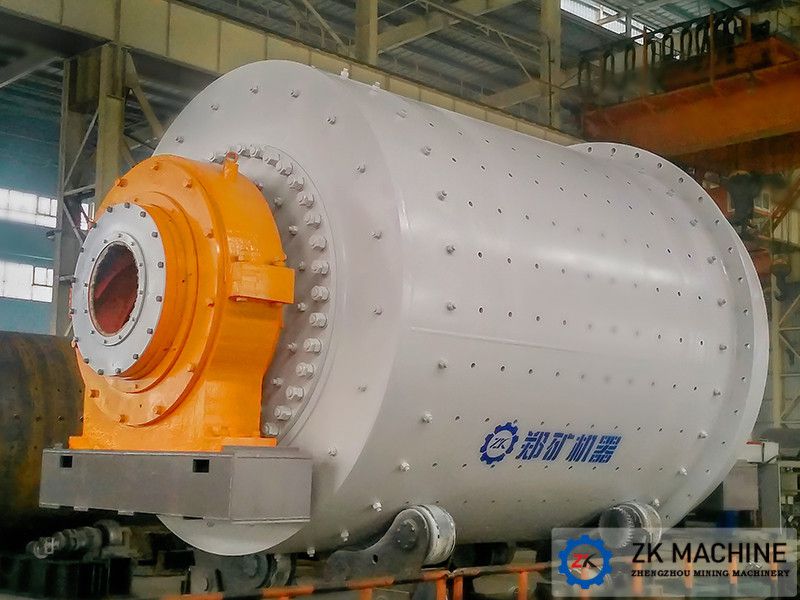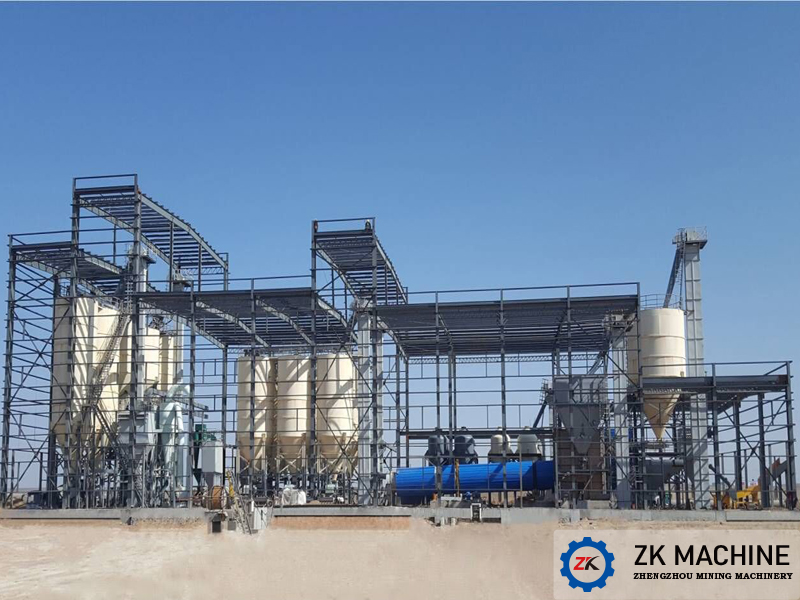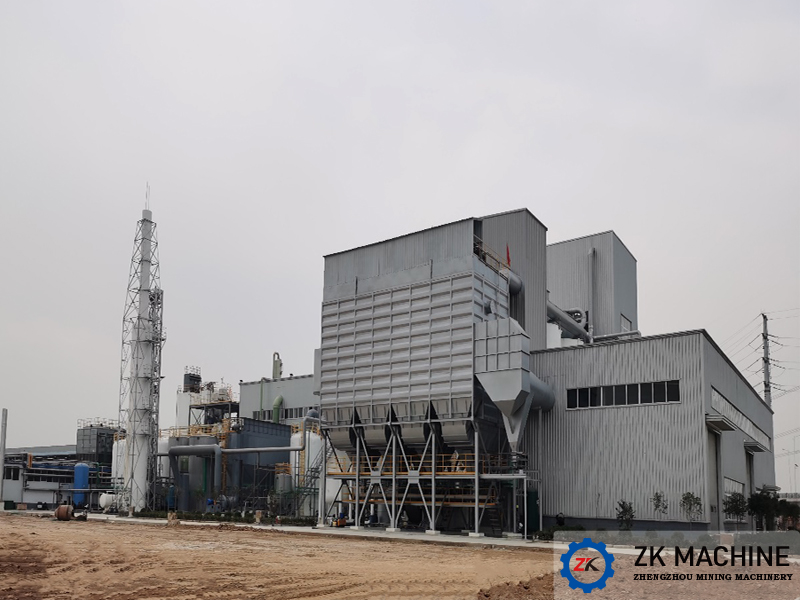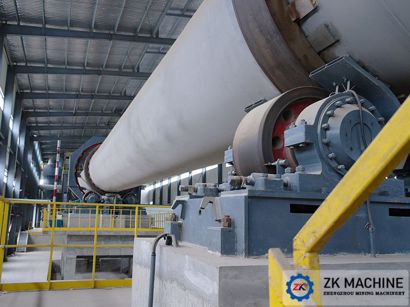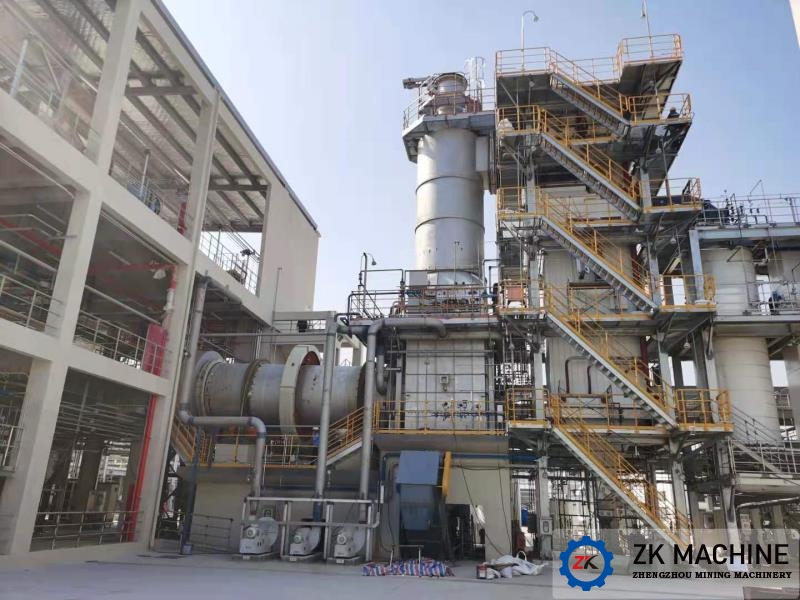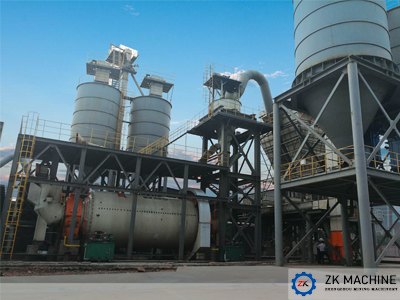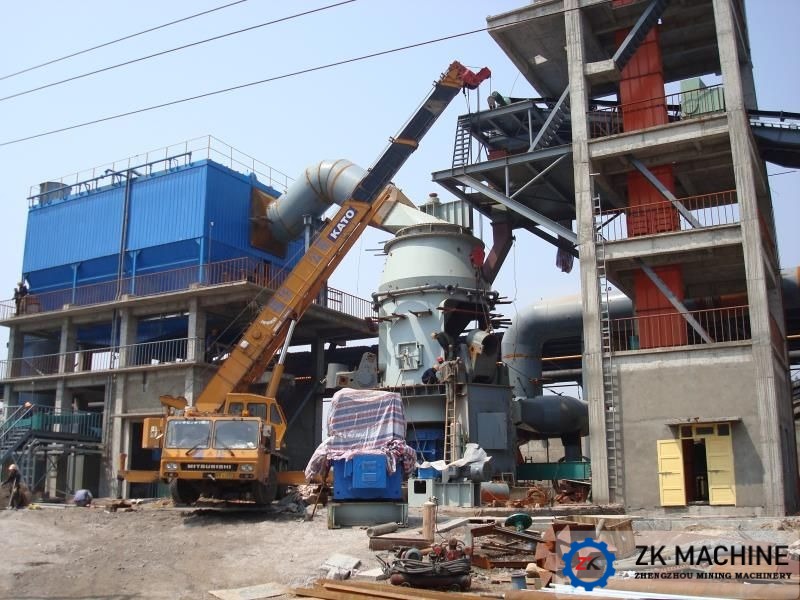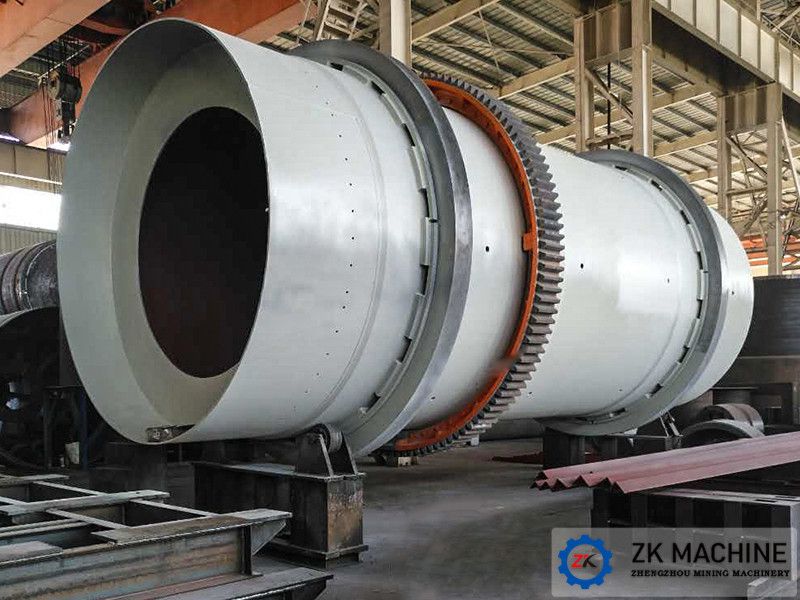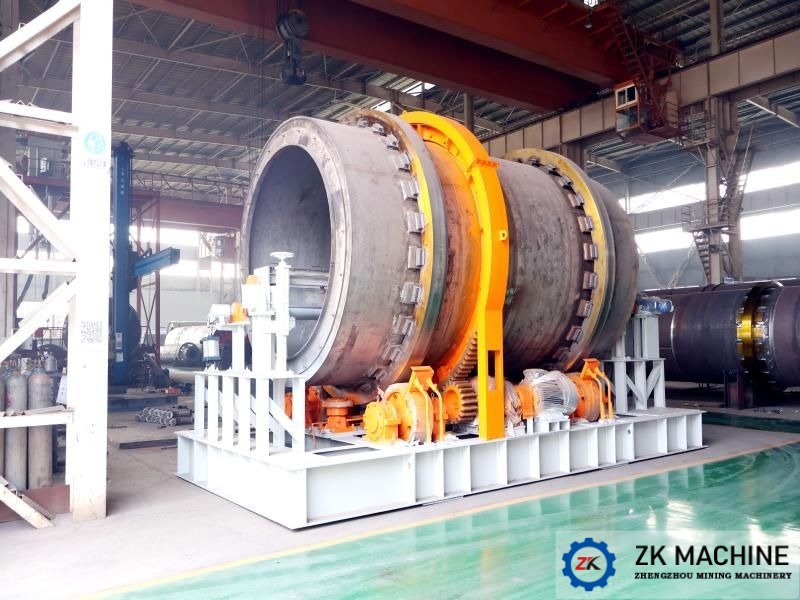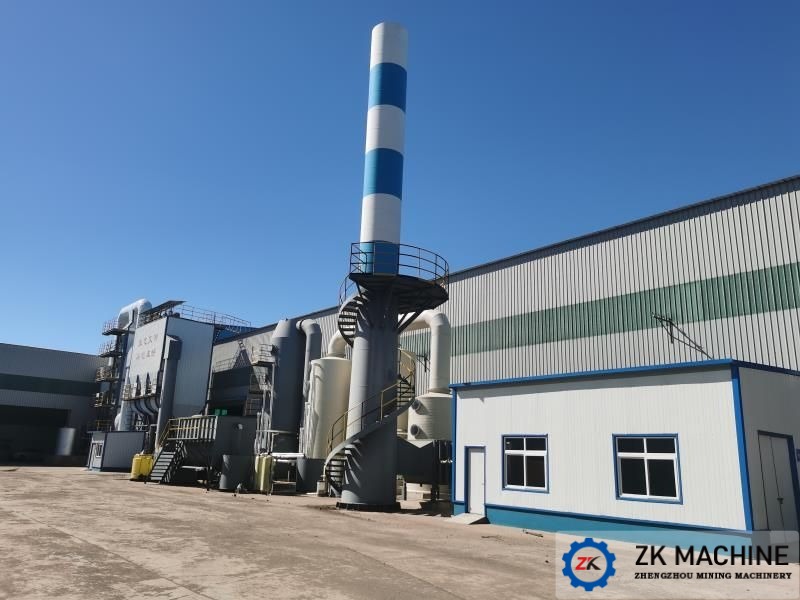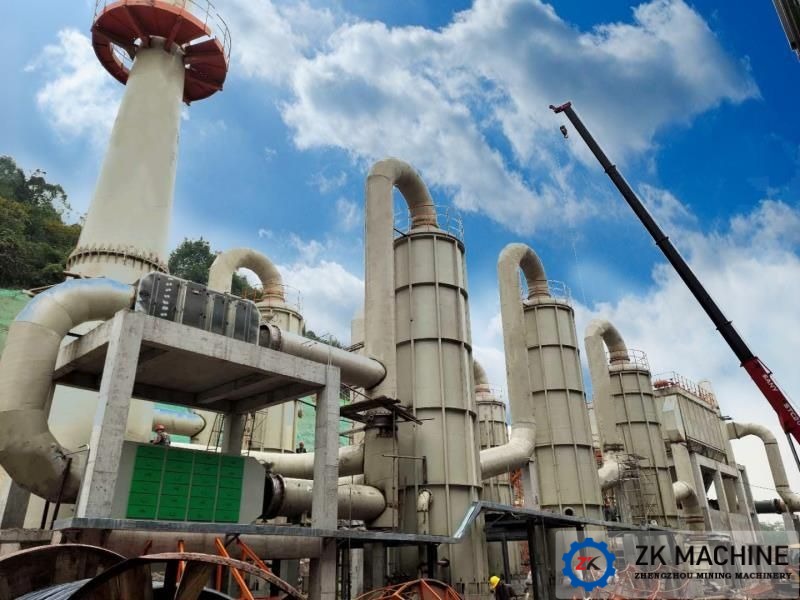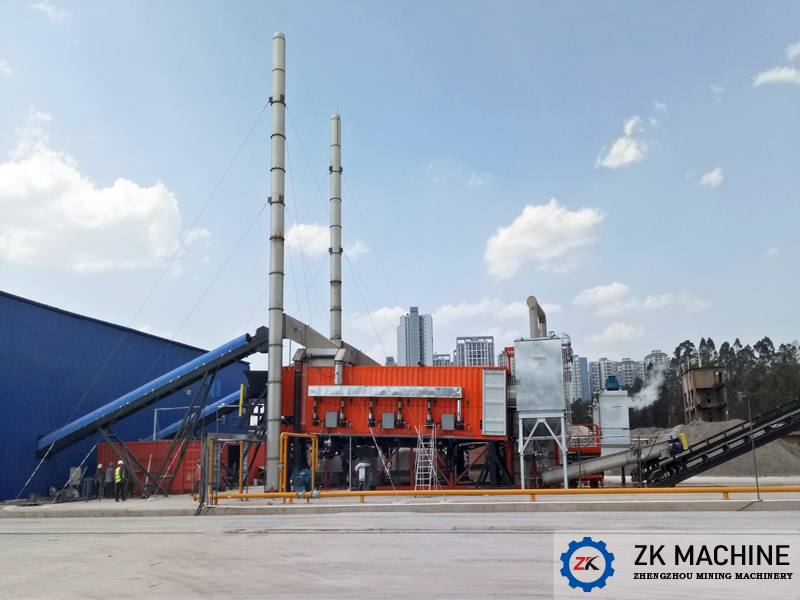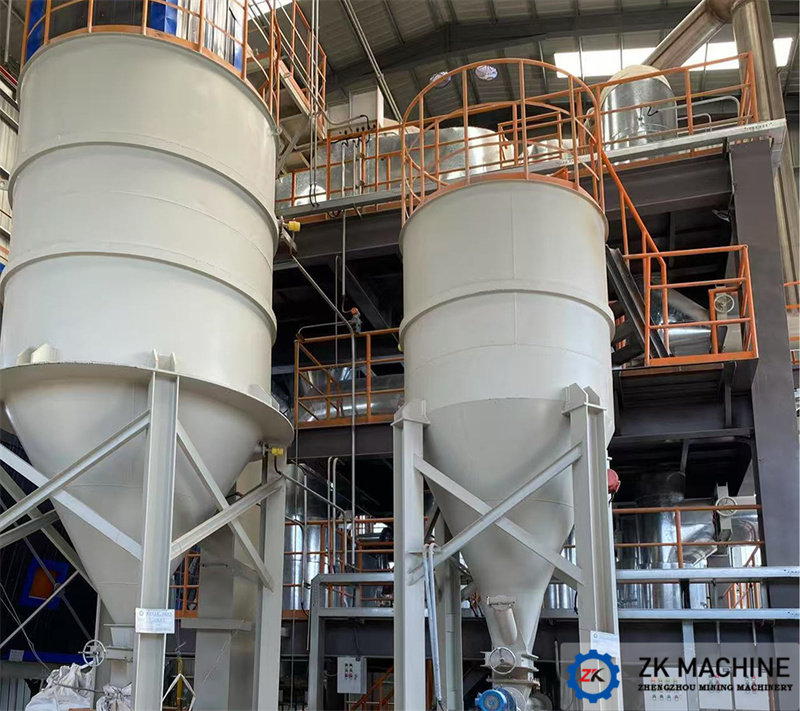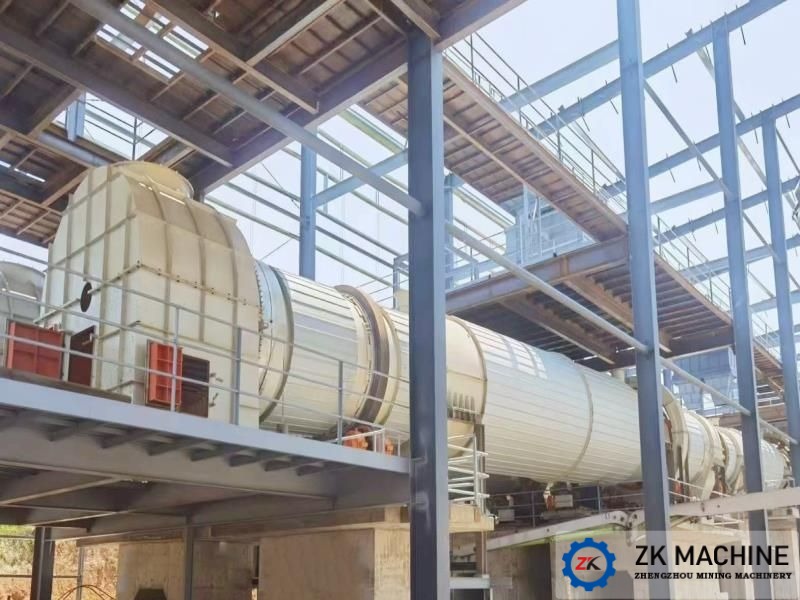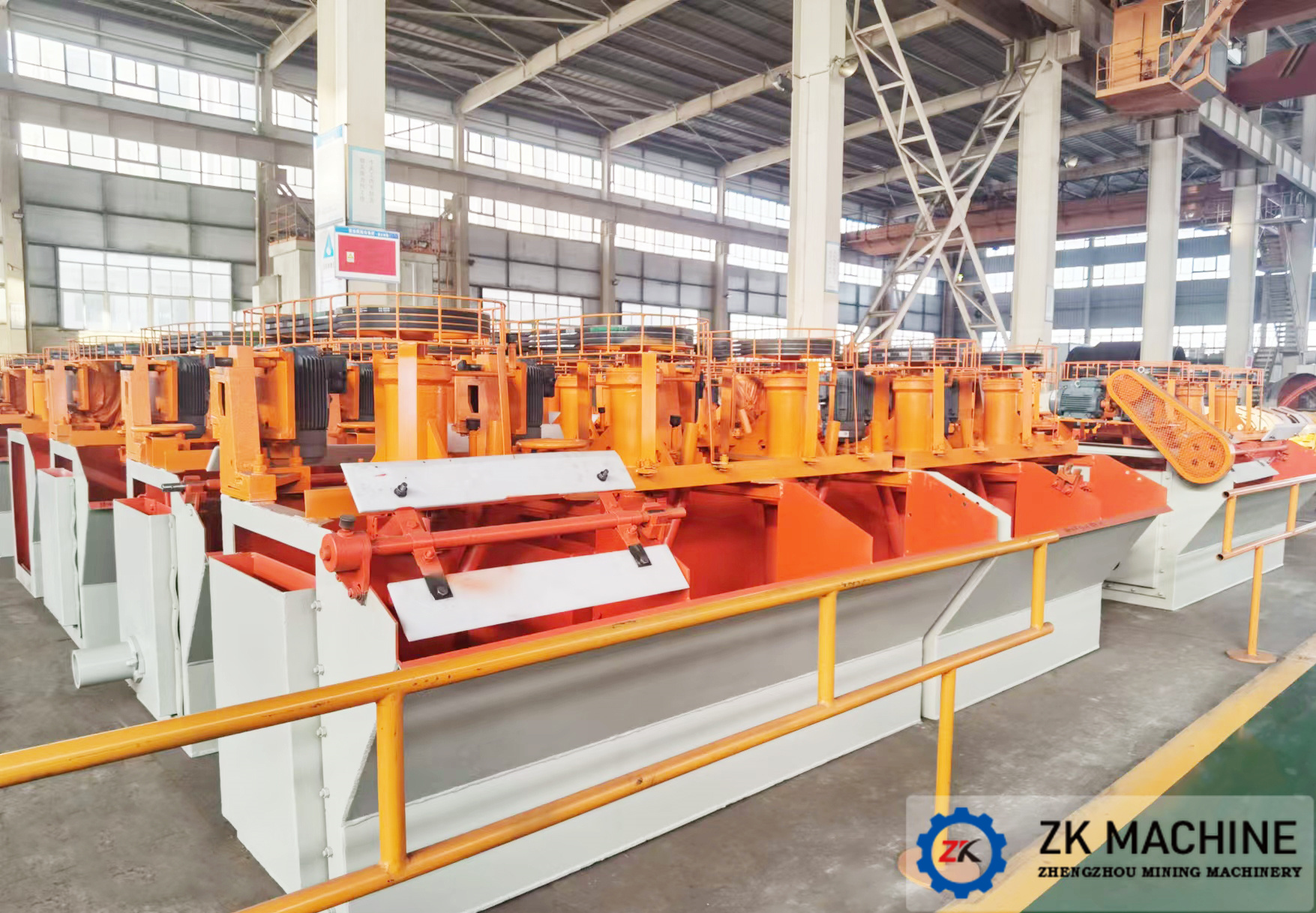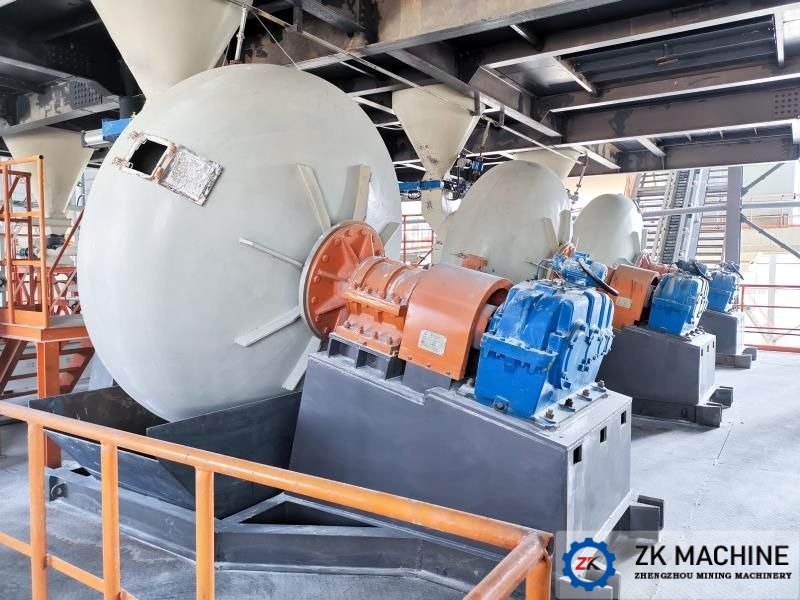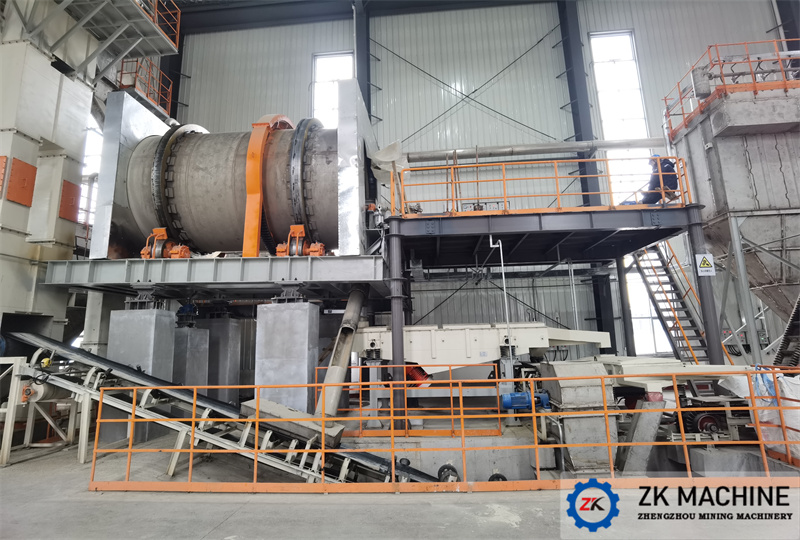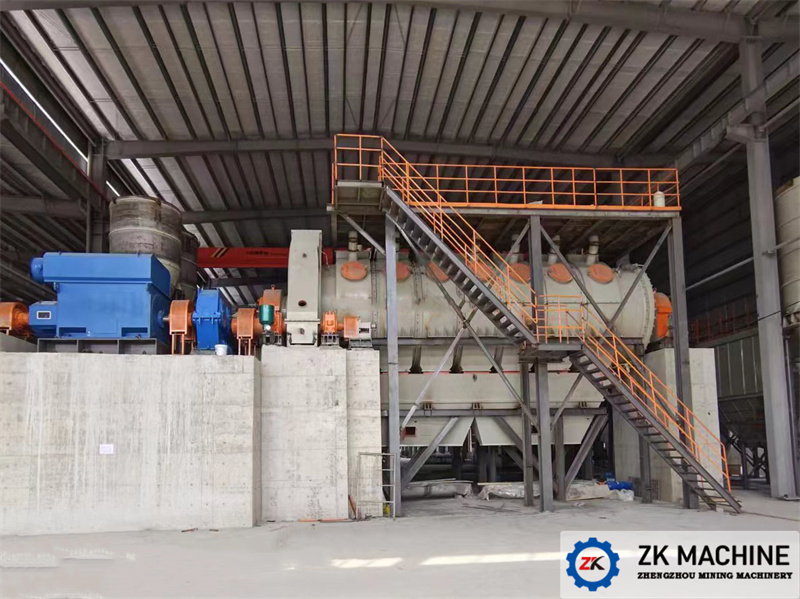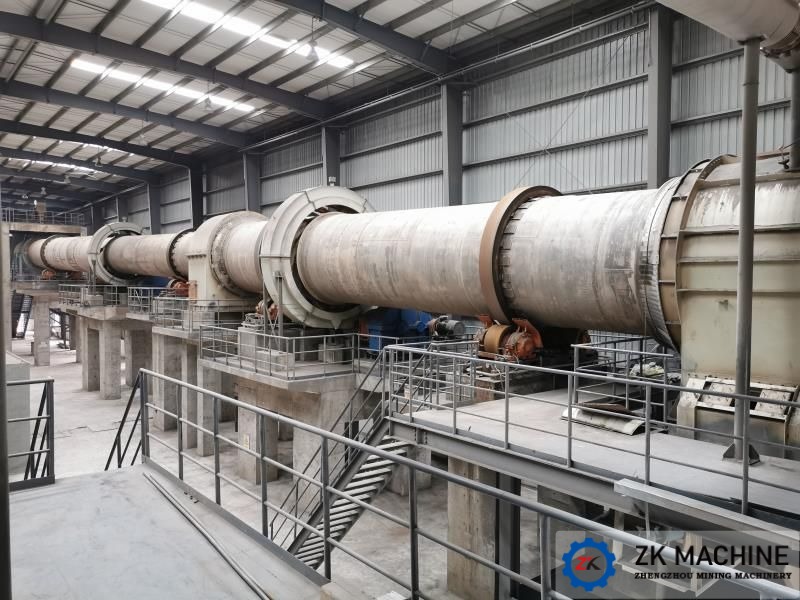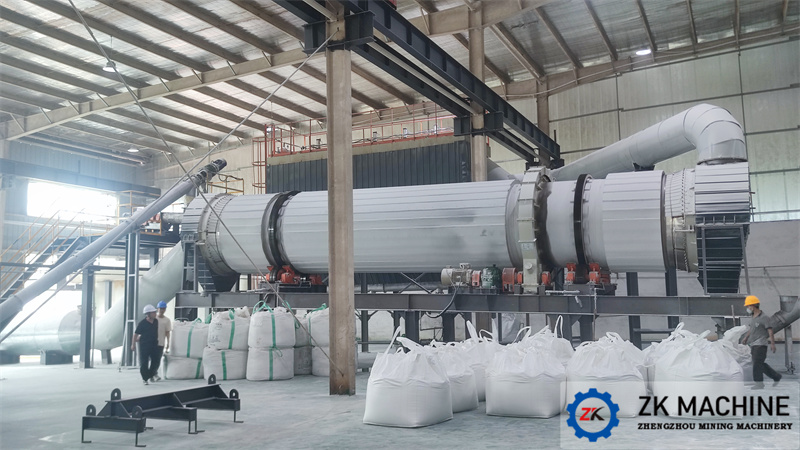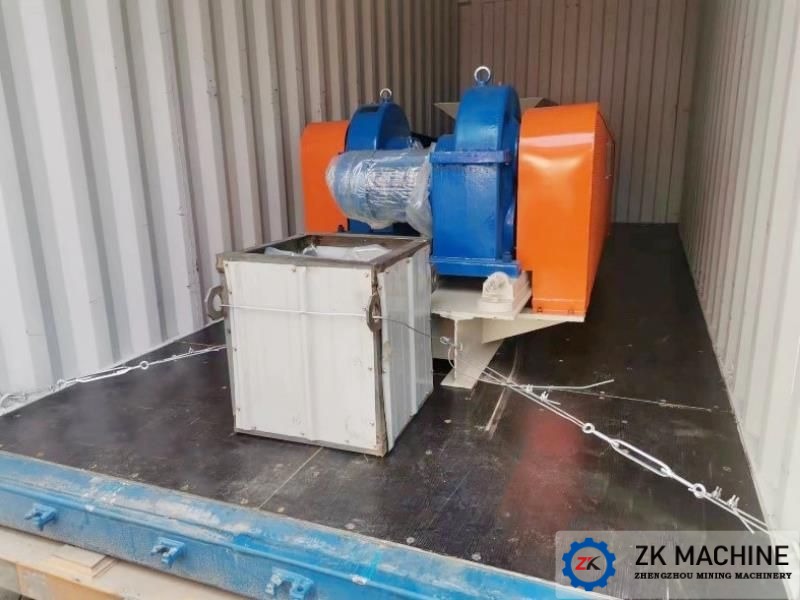The Difference between Circular Vibrating Screen and Linear Vibrating Screen
1. Appearance and Structure
The vibration exciter of the Circular Vibrating Screen is arranged above the center of gravity of the screen box, which is conducive to the rapid dispersion of materials, and the processing capacity per unit time is higher than that of the Linear Vibrating Screen.
The Linear Vibrating Screen can adopt a fully enclosed structure without dust spillage, which is more conducive to environmental protection.
2. Material
The selection of the Circular Vibrating Screen is thicker, and the box is made of manganese steel, which can resist the impact of the material during the screening process.
The selection of materials for the production of Linear Vibrating Screens is mainly light-weight plate or stainless steel plate.
3. Working Principle
The Circular Vibrating Screen uses a motor to drive the eccentric block of the exciter to rotate at a high speed through a V-belt, which produces a large centrifugal inertial force and excites the screen box to produce a circular motion with a certain amplitude. The material on the screen is subjected to the screen box on the inclined screen surface. The transmitted impulse produces continuous throwing motion. When the material meets the sieve surface, the particles smaller than the sieve hole are passed through the sieve to achieve classification.
The Linear Vibrating Screen uses a vibrating motor as the source of vibration, so that the material is thrown up on the screen while moving forward in a straight line. The material enters the inlet of the screening machine evenly from the feeder, and generates data through the multi-layer screen. The over-sieve and under-sieve of various specifications are respectively discharged from their respective outlets.
4. Applicable Fields
The Circular Vibrating Screen mainly screens materials with high specific gravity, large particles and high hardness, and is widely used in mining industries such as mines, coal, and quarries. In addition, Circular Vibrating Screens can also be used for some difficult-to-screen materials.
Linear screens mainly screen fine particles, light specific gravity, and low-hardness materials, mainly dry powder, fine granular or micro-powder materials, and are generally used in food, chemical, building materials, and pharmaceutical industries.
5. Installation Inclination
The Circular Vibrating Screen usually has an installation inclination angle of 15-20 degrees, which can change the moving speed of the material along the screen surface and improve the screening efficiency.
The inclination angle of the screen surface of the Linear Vibrating Screen in production is small, and the height of the screen is reduced, which is convenient for process layout.
6. Different Exciters
The Circular Vibrating Screen is also called a single-shaft vibrating screen because the exciter is a shaft and uses an inertial motor to work.
The Linear Vibrating Screen vibrator is composed of two shafts and works by the principle of vibration motor excitation, so it is also called a double-shaft vibrating screen.
7. Movement Trajectory
The material on the Circular Vibrating Screen moves in a circular motion.
The material on the linear screen moves forward in a straight line.
8. Material Blocking
The material of the Circular Vibrating Screen moves in a parabolic circular trajectory on the screen surface, so that the material is dispersed as much as possible to improve the bounce force of the material, and the material stuck in the screen hole can also jump out, reducing the material blocking.
The material of the Linear Vibrating Screen moves smoothly on the screen surface. If the material is not uniformly fed or the material has high humidity and viscosity, it is easy to block the material.
9. Processing Capacity
For the Circular Vibrating Screen, because the exciter is arranged above the center of gravity of the screen box, the elliptical long axis at both ends of the screen box is in a lower eight shape, and the upper end of the elliptical long axis at the feeding end faces the discharge direction, which is conducive to rapid materials Disperse, and the upper end of the elliptical long axis of the discharge end is opposite to the discharge direction, reducing the movement speed of the material, which is conducive to the penetration of difficult-to-screen materials, and the arc-shaped screen surface increases the effective area of the screen, thereby improving its Processing power.
10. Environmental Protection
The Linear Vibrating Screen can adopt a fully enclosed structure without dust spillage, which is more conducive to environmental protection.

